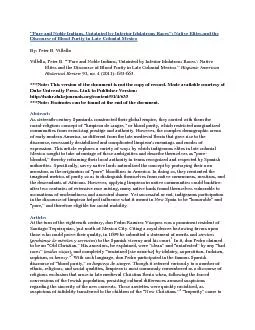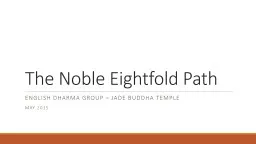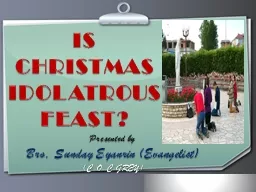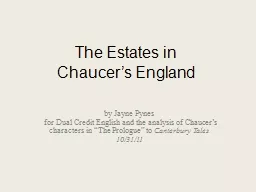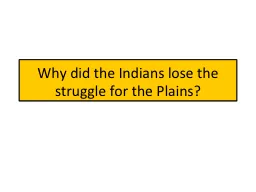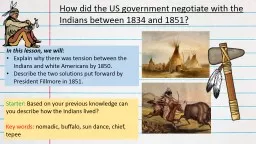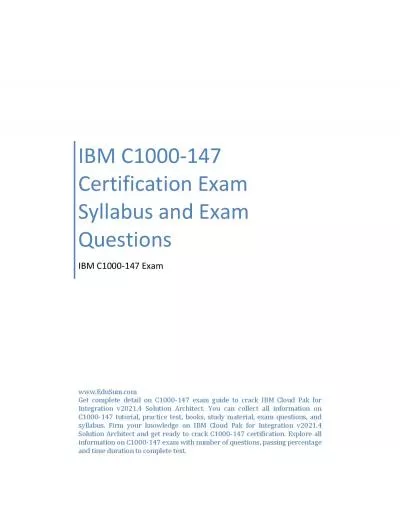PDF-“Pure and Noble Indians, Untainted by Inferior Idolatrous Races&#
Author : conchita-marotz | Published Date : 2015-11-29
Discourse of Blood Purity in Late Colonial Mexico By Peter B VillellaVillella Peter B 147145Pure and Noble Indians Untainted by Inferior Idolatrous Races146 Native
Presentation Embed Code
Download Presentation
Download Presentation The PPT/PDF document "“Pure and Noble Indians, Untainted ..." is the property of its rightful owner. Permission is granted to download and print the materials on this website for personal, non-commercial use only, and to display it on your personal computer provided you do not modify the materials and that you retain all copyright notices contained in the materials. By downloading content from our website, you accept the terms of this agreement.
“Pure and Noble Indians, Untainted by Inferior Idolatrous Races&#: Transcript
Download Rules Of Document
"“Pure and Noble Indians, Untainted by Inferior Idolatrous Races&#"The content belongs to its owner. You may download and print it for personal use, without modification, and keep all copyright notices. By downloading, you agree to these terms.
Related Documents

